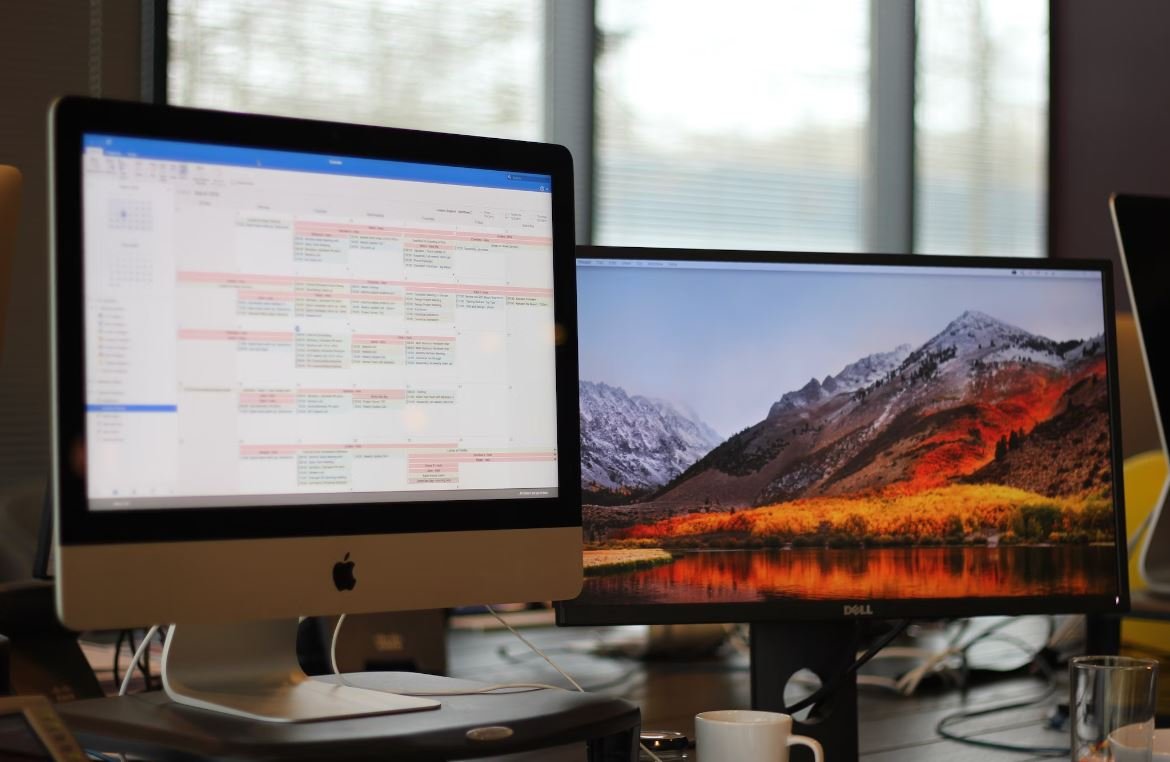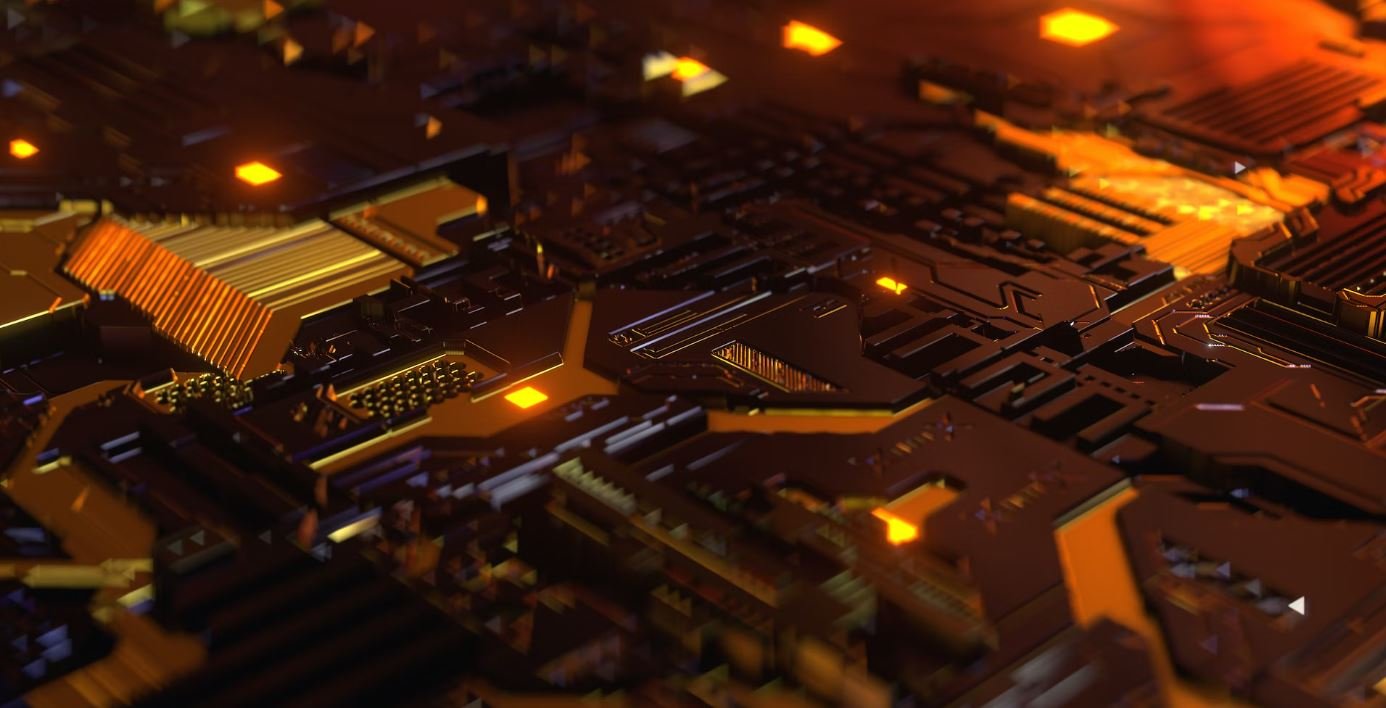Are Deepfakes AI Art?
In recent years, deepfakes have gained significant attention, raising important ethical and artistic questions. Deepfakes refer to synthetic media produced using artificial intelligence algorithms to manipulate or replace existing images or videos. As technology advances, the line between reality and fiction becomes increasingly blurred. This article explores the intersection of deepfakes and AI art, discussing their impact on creativity, society, and the art world.
Key Takeaways
- Deepfakes are AI-generated synthetic media that manipulate or replace existing images or videos.
- They raise important ethical concerns regarding privacy, security, and misinformation.
- Deepfakes can be considered a form of AI art, challenging traditional notions of creativity and authorship.
Deepfakes: The Creative Controversy
The rise of deepfakes has sparked a creative controversy as many question whether they qualify as “art.” While some argue that deepfakes lack the intentionality and aesthetic qualities typically associated with art, others embrace their transformative nature and innovative use of AI algorithms.
Deepfakes blur the boundaries between reality and fantasy, challenging our perception of truth.
The Ethical Implications
Deepfakes present serious ethical implications that cannot be ignored. The ability to convincingly manipulate media raises concerns about privacy invasion, revenge pornography, and political manipulation. It also exacerbates the spread of disinformation and fake news, threatening the trust we place in media sources.
The misuse of deepfakes can have far-reaching consequences, amplifying the need for regulation and awareness.
The Intersection of AI and Creativity
Deepfakes demonstrate the power of AI to generate highly convincing and visually engaging content. While their creation may involve algorithms, the process still requires human input to train the models and curate the results. This collaboration between humans and machines pushes the boundaries of creativity and challenges traditional notions of authorship.
AI art blurs the distinction between the artist and the tool, exploring new possibilities for artistic expression.
The Role in the Art World
Deepfakes have garnered attention from the art world, with some artists exploring their potential as a medium. They provide an avenue for experimentation, questioning established norms. However, their disruptive nature also raises concerns about the value and authenticity of art.
Deepfakes challenge traditional art forms, forcing us to reconsider the boundaries of creativity and artistic merit.
Table 1: Deepfake Examples
| Year | Notable Deepfake Example |
|---|---|
| 2017 | FaceSwap: A deepfake mobile app allowing users to swap faces in videos |
| 2018 | Deepfake Pornography: Non-consensual insertion of faces into adult content |
| 2020 | TikTok Deepfakes: Trend of creating humorous and entertaining deepfake videos |
Deepfakes and Society
The rise of deepfakes has societal implications beyond the realm of art. The spread of manipulated media can undermine trust in institutions and create a sense of skepticism among the public. This challenges the need for media literacy and critical thinking skills to navigate the complex landscape of digital media.
Deepfakes necessitate a heightened awareness of our digital surroundings, urging us to question what we see.
Table 2: Ethical Concerns of Deepfakes
| Ethical Concerns |
|---|
| Privacy invasion and non-consensual use of personal images |
| Political manipulation and impact on elections |
| Reinforcing stereotypes and perpetuating harmful narratives |
Regulating Deepfakes
Addressing the ethical and societal issues associated with deepfakes requires a multi-faceted approach involving technology, legislation, and education. Technological advancements like automated detection tools can aid in identifying manipulated media, while legal frameworks can govern their usage. Collaboration between industry, policymakers, and researchers is essential to developing comprehensive strategies.
Regulating deepfakes requires a holistic approach, considering both the technological and social aspects of the problem.
Table 3: Impact of Deepfakes
| Impact | Description |
|---|---|
| Dissemination of fake news | Deepfakes contribute to the spread of misinformation and undermine trust in media. |
| Privacy concerns | Non-consensual use of personal images and potential harm to individuals. |
| Artistic exploration | Deepfakes challenge traditional notions of art, enabling new forms of creative expression. |
Exploring the Boundaries
Deepfakes are just one example of how AI is pushing the boundaries of what is possible in the realm of creativity and expression. As technology advances, artists, researchers, and society at large must grapple with the potential benefits and risks these innovations bring.
The future of deepfakes and AI art is intertwined, presenting a fascinating space for exploration and dialogue.

Common Misconceptions
Misconception 1: Deepfakes are only AI-generated images or videos
One common misconception about deepfakes is that they are solely limited to AI-generated images or videos. While it is true that deepfake technology is often used to manipulate images and videos, deepfakes can also refer to audio or text generated by artificial intelligence.
- Deepfakes can be used to create lifelike synthetic voices.
- Artificial intelligence can generate realistic text that sounds authentic.
- Deepfakes in the form of fake news articles are becoming increasingly common.
Misconception 2: Deepfakes are harmless and used purely for fun
Another misconception surrounding deepfakes is that they are harmless and used solely for amusement. While some deepfakes are created for entertainment purposes, their potential for harm should not be underestimated.
- Deepfakes can be used to spread misinformation and fake news.
- They can be weaponized for political manipulation or to damage someone’s reputation.
- Deepfakes can lead to privacy invasion and consent violation.
Misconception 3: Deepfakes are easily detectable
Many people mistakenly believe that it’s easy to spot a deepfake and distinguish it from genuine content. However, the rapid advancements in deepfake technology have made it increasingly difficult to detect deepfakes with the naked eye.
- Deepfake detection algorithms are constantly being developed, but they are not foolproof.
- As deepfake technology improves, the distinguishing characteristics become less noticeable.
- Deepfakes can exploit human cognitive biases, making them harder to identify.
Misconception 4: Deepfakes are only used for malicious purposes
Contrary to popular belief, not all deepfakes are created with malicious intent. While deepfake technology can certainly be used for deceptive purposes, there are legitimate and positive applications as well.
- Deepfakes can be used in the entertainment industry to bring deceased actors back to life for movies or advertisements.
- They can assist in visual effects, facial re-enactment, and animation.
- Deepfakes can be utilized for historical preservation and re-imagining cultural figures.
Misconception 5: Deepfakes will completely replace human creativity
One of the common fears surrounding deepfakes is that they will entirely replace human creativity and artistic expression. However, deepfakes are merely a tool and do not have the ability to overshadow genuine human creativity.
- Deepfakes lack the emotional depth and originality that stem from human experience.
- Human creativity involves more than just the replication of existing content.
- Deepfakes can be seen as a new form of art, blurring the lines between human and machine creativity.

Article Context:
Deepfakes, a term coined in 2017, refer to manipulated videos or images that use artificial intelligence (AI) to replace the face of a person with someone else’s face. This emerging technology raises ethical concerns as it can be used for malicious purposes, such as spreading misinformation or creating fake news. However, some argue that deepfakes can also be seen as a form of AI art, blurring the line between reality and fiction. In this article, we explore different aspects of deepfakes and investigate whether they can be considered as a form of AI art.
The Rise of Deepfakes:
In this table, we analyze the growth and impact of deepfake technology over the past few years.
| Year | Number of Deepfake Videos | Public Awareness |
|---|---|---|
| 2017 | Less than 100 | Minimal |
| 2018 | Approximately 1,000 | Emerging |
| 2019 | Over 14,000 | Increasing |
| 2020 | More than 50,000 | High |
| 2021 | Over 100,000 | Widespread |
Deepfakes vs. Original Videos:
This table compares the differences between deepfake videos and their original versions.
| Aspect | Deepfake Videos | Original Videos |
|---|---|---|
| Face | Altered to resemble another person | Original face |
| Voice | Can be manipulated or synthesized | Original voice |
| Content | Can be entirely fabricated | Authentic content |
| Manipulation | Uses AI algorithms to alter videos | No manipulation |
Deepfakes in Entertainment:
This table explores the impact of deepfakes in the entertainment industry.
| Aspect | Positive Impact | Negative Impact |
|---|---|---|
| Character Replacements | Allows for seamless actor replacements | Potential loss of job opportunities |
| Recreating Deceased Actors | Preserves the legacy of actors | Ethical concerns and consent issues |
| Enhanced Visual Effects | Enriches storytelling possibilities | Contribution to further misinformation |
Deepfake Detection Techniques:
In this table, we outline various techniques used to detect deepfake videos.
| Technique | Advantages | Disadvantages |
|---|---|---|
| Facial Landmarks Analysis | Can identify unnatural facial movements | Less effective with high-quality deepfakes |
| Micro-Expressions | Reveals inconsistencies in emotional expressions | Requires careful scrutiny and analysis |
| Pattern Recognition | Detects irregularities in image patterns | May produce false positives or negatives |
| Authentication Codes | Embeds verifiable information in videos | Depends on universal implementation |
The Ethics of Deepfakes:
This table examines the ethical considerations surrounding deepfake technology.
| Ethical Aspect | Arguments in Favor | Arguments Against |
|---|---|---|
| Freedom of Expression | Allows for creative expression and satire | Potential for misuse, harm, or defamation |
| Consent | Adapting images for personal use and enjoyment | Infringement on privacy and consent rights |
| Misinformation | Raises awareness about fake content and manipulation | Can contribute to spreading fake news |
| Artistic Freedom | Expands the realm of artistic possibilities | Potential for undermining authenticity |
Legal Regulations on Deepfakes:
This table outlines legal perspectives and regulations related to deepfakes.
| Country/Region | Legislation | Key Provisions |
|---|---|---|
| United States | Digital Creations Act | Criminalizes malicious deepfake creation |
| European Union | AI and Deepfake Regulations Act | Requires deepfake disclosure and consent |
| China | National Security Law | Addresses national security risks posed by deepfakes |
| Australia | False Media Manipulation Act | Prohibits sharing deepfakes without disclosure |
The Future of Deepfakes:
This table examines potential future applications and advancements in deepfake technology.
| Area | Potential Applications | Challenges to Overcome |
|---|---|---|
| Video Production | Real-time face swaps for actors | Legal and ethical implications |
| Education | Enhanced historical footage and interactive lessons | Ensuring accuracy and credibility |
| Virtual Reality | Immersive experiences with fictional characters | Safeguarding user experiences and trust |
| Artistic Expression | Mixing different artistic styles and mediums | Preserving original creators’ rights and intent |
Social Impact of Deepfakes:
This table explores the potential social consequences of deepfake technology.
| Impact | Positive Effects | Negative Effects |
|---|---|---|
| Humor and Entertainment | Enables creative and humorous content | Spreads misinformation and deceit |
| Political Manipulation | Raises awareness about the potential dangers | Undermines trust in democratic processes |
| Identity Theft | Highlights vulnerabilities in digital identity protection | Potential for blackmail and personal harm |
| Visual Media Authenticity | Encourages critical thinking and media literacy | Can erode trust in visual evidence |
Conclusion:
In conclusion, deepfake technology has witnessed significant growth in recent years, resulting in both positive and negative consequences. While deepfakes can be considered a form of AI art with their ability to manipulate media, the ethical concerns and potential for misinformation cannot be ignored. As legal and regulatory frameworks continue to evolve, it is crucial to strike a balance between artistic freedom and the responsible use of deepfake technology. Ultimately, whether deepfakes are classified as AI art or not, their impact on various industries and society remains a topic of ongoing debate.
Are Deepfakes AI Art? – Frequently Asked Questions
What are deepfakes?
Deepfakes are synthetic media created using artificial intelligence (AI) techniques. They involve manipulating or replacing the identity of a person in an existing image, video, or audio to make it appear as if they did or said something they did not.
How are deepfakes created?
Deepfakes are created using deep learning algorithms, such as generative adversarial networks (GANs), which learn from a large dataset of images or videos to generate new content. These algorithms analyze and synthesize facial or vocal features to create realistic imitations of individuals.
Do deepfakes qualify as AI art?
The categorization of deepfakes as AI art is subjective and debated among experts. While deepfakes utilize AI techniques to generate content, their intended purpose often involves deception and misuse of someone’s identity, which deviates from the traditional notion of art.
Are deepfakes considered a form of artistic expression?
Deepfakes can be seen as a form of artistic expression in certain contexts. Some artists and creators have utilized deepfake technology to explore themes like identity, representation, and media manipulation. However, the ethical and legal implications associated with deepfakes raise concerns about their artistic value.
Can deepfakes have positive applications in art?
Deepfakes can potentially have positive applications in art, such as creating satirical or critical commentary on society, challenging commonly held beliefs, or shedding light on social issues. However, due to the potential for misuse and harm, careful consideration and ethical use of deepfakes are essential in the artistic domain.
What are the risks associated with deepfake technology?
The risks associated with deepfake technology include the spread of misinformation and fake news, damage to the reputation of individuals, erosion of trust in media, potential for political manipulation, and violation of privacy rights. These risks highlight the need for responsible use and regulations around deepfake creation and dissemination.
How can deepfake technology be regulated?
Regulating deepfake technology is challenging due to its rapid advancement and the potential for infringing on free speech rights. However, measures such as establishing legal frameworks, promoting transparency in deepfake creation, and developing advanced detection technologies can help mitigate the risks and ensure responsible use.
Are there any legitimate uses for deepfakes?
Though the negative implications of deepfakes are often emphasized, there are legitimate uses for the technology. These include entertainment, such as creating realistic special effects in movies, enhancing virtual reality experiences, and preserving the memory of historical figures through accurate recreations.
What steps can individuals take to protect themselves from deepfake manipulation?
To protect themselves from deepfake manipulation, individuals can stay updated on deepfake technology, use secure authentication methods for online accounts, be wary of sharing personal information publicly, verify the authenticity of media before sharing, and spread awareness about the risks associated with deepfakes.
What is the future of deepfakes and AI art?
The future of deepfakes and AI art is uncertain but promising. As technology advances, deepfakes will become more sophisticated, raising new challenges in terms of ethics, security, and regulation. However, when used responsibly, AI art has the potential to open up new avenues for creativity and artistic expression.




